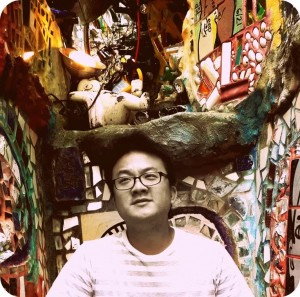I’ll be teaching a course in algorithmic composition in Fall 2014. To prepare for this course and other projects, I decided to reread books on the subject during the summer. The first book I am revisiting is Form+Code in Design, Art, and Architecture by Reas, McWilliams, and LUST.
I learned about the aesthetics of generative and code-based art from this book. I enjoyed applying the ideas and concepts I have learned to my music. The book taught me how to think about composition in numbers and codes.
I am thinking about requiring students to read at least the first chapter of the book. The summary of the chapter includes some great sentences:
“Learning to program and to engage the computer more directly with code opens the possibility of not only creating tools, but also systems, environments, and entirely new modes of expression. It is here that the computer ceases to be a tool and instead becomes a medium.” (p25)
The chapter also mentions that using a computer in art reduces the production time, so the artists can use the extra time and energy to explore the procedure and structure. Coding in art also enables a person to customize and “hack” the tool. These ideas are easily applied to computer music.
I also like the chapter because it gives succinct definitions on algorithm and code. Algorithm is a specific instruction to do a task (p13). Code is an algorithm written in a programming language (p15). Thus, an algorithmic composition is a process of making music with specific instructions written for computer.
Here’s a simple example of such algorithmic compositions. Introvert has algorithmically generated computer accompaniment for live melodica player. The computer part generates same chord progression, but the timing, volume, and octave position of each notes are chosen by the computer. This makes the computer part somewhat unpredictable, and makes the part unique for each performance.

